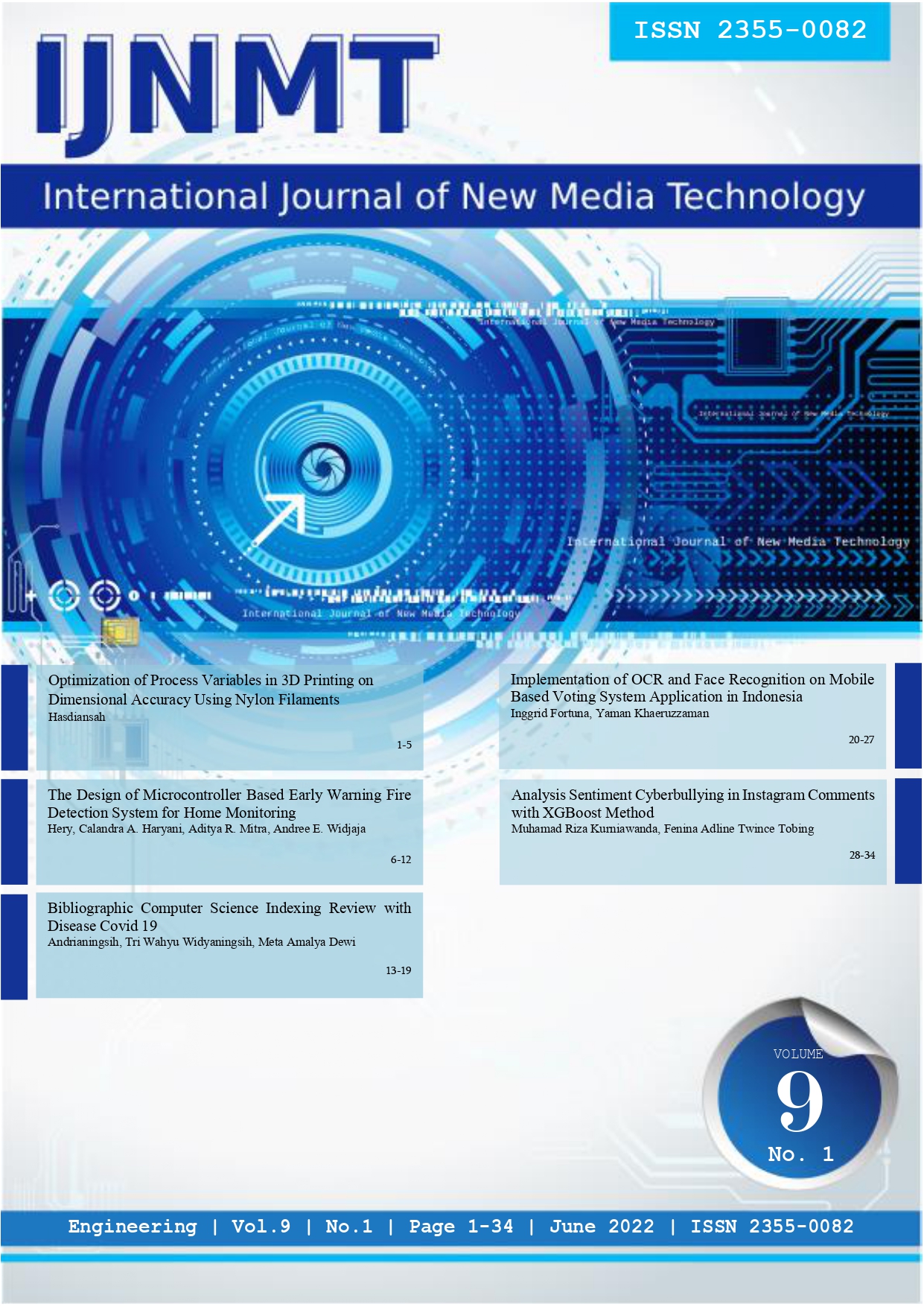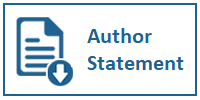The Design of Microcontroller Based Early Warning Fire Detection System for Home Monitoring
DOI:
https://doi.org/10.31937/ijnmt.v9i1.2405Abstract
Fire is a type of disaster that can occur anytime and anywhere as a result of any accidental or intentional causes. Without exception, houses are also very vulnerable to fire. To anticipate the catastrophic effects of fire that can destroy houses, advanced technology, such as the Internet of Things (IoT) can be utilized to detect the smoke and fire. This study aims to design an early warning fire detection system for home monitoring using smoke detection sensors based on Arduino microcontroller together with NodeMCU ESP8266. This early warning fire detection system is expected to function by notifying homeowners when detecting the presence of smoke in their homes. With the aid of this detection system, the issue of potential damage, death, or material loss caused by fire can be significantly reduced. The results and testing of the designed system will be discussed in the paper.
Downloads
Downloads
Published
How to Cite
Issue
Section
License
Authors retain copyright and grant the journal right of first publication with the work simultaneously licensed under a Creative Commons Attribution-ShareAlike International License (CC-BY-SA 4.0) that allows others to share the work with an acknowledgement of the work's authorship and initial publication in this journal.
Authors are able to enter into separate, additional contractual arrangements for the non-exclusive distribution of the journal's published version of the work (e.g., post it to an institutional repository or publish it in a book), with an acknowledgement of its initial publication in this journal.
Copyright without Restrictions
The journal allows the author(s) to hold the copyright without restrictions and will retain publishing rights without restrictions.
The submitted papers are assumed to contain no proprietary material unprotected by patent or patent application; responsibility for technical content and for protection of proprietary material rests solely with the author(s) and their organizations and is not the responsibility of the IJNMT or its Editorial Staff. The main (first/corresponding) author is responsible for ensuring that the article has been seen and approved by all the other authors. It is the responsibility of the author to obtain all necessary copyright release permissions for the use of any copyrighted materials in the manuscript prior to the submission.















